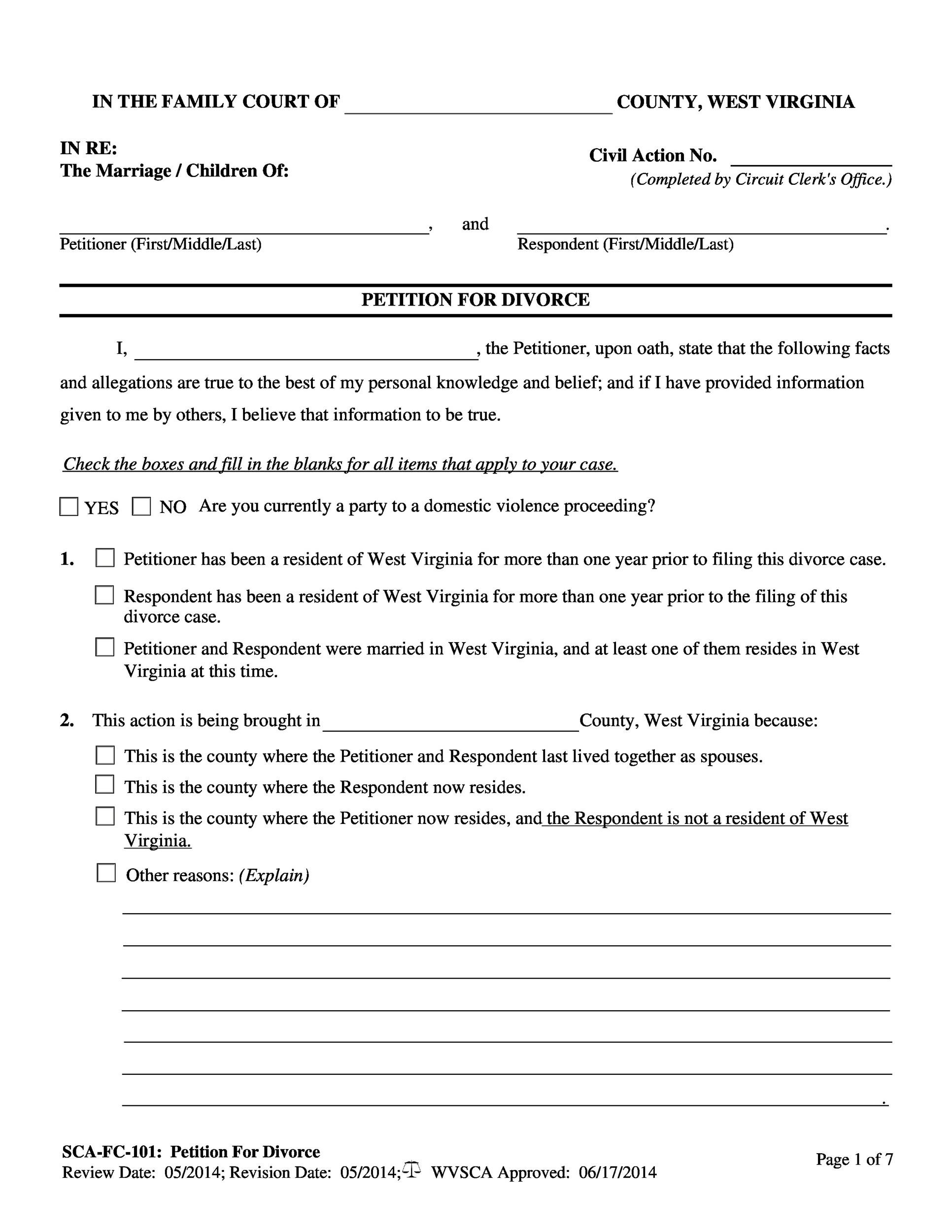Can My Employer Mail Separation Paperwork? Legal Insights

In today's workforce, questions regarding employment separation often arise, particularly around the logistics of receiving or sending separation paperwork. One common query from employees and employers alike is, "Can my employer mail separation paperwork?" This article aims to delve into the legal aspects of this question, providing clarity on how employers can and should handle the mailing of separation documents to departing employees.
Understanding Employment Separation

Employment separation can occur for various reasons, including voluntary resignation, termination, retirement, or the end of a contract term. Regardless of the cause, the process must adhere to legal and HR standards to ensure fairness and compliance. Here’s how mailing separation paperwork fits into this scenario:
- Documenting the Separation: When an employee leaves a company, HR departments typically need to provide various documents such as release of claims, severance agreements, or information on health benefits continuation.
- Legal Compliance: The mailing of separation paperwork must comply with employment laws, which might include providing the documentation within a specific timeframe or through a specified method.
Legal Aspects of Mailing Separation Paperwork

Here are key legal considerations that employers must keep in mind when deciding to mail separation paperwork:
Compliance with Labor Laws

- Employers are obligated to follow federal and state laws concerning termination notices and other documentation. For example, in the United States, the Worker Adjustment and Retraining Notification (WARN) Act requires employers to give a 60-day notice for certain mass layoffs.
- Ensure that any form of document delivery, including mailing, meets these legal standards.
Written Confirmation

The primary advantage of mailing separation documents is providing a written record. This can be crucial for:
- Proving that the paperwork was sent, which can be important in potential legal disputes.
- Creating an official date of notification, which can be used for various post-employment processes like unemployment claims.
Privacy and Security

Mailing documents can raise concerns about:
- Ensuring the employee’s privacy. Employers should use a secure mailing method or envelope to maintain confidentiality.
- The risk of documents being lost or intercepted during transit, which should be mitigated with proper tracking and delivery confirmation.
Electronic vs. Physical Mail

The choice between electronic and physical mail can influence:
- Speed of delivery. Electronic communications are faster, but physical mail provides tangible proof of receipt.
- The option for employees to request physical documents, especially if electronic versions are not accessible or acceptable under certain laws or circumstances.
⚖️ Note: Always verify the method of communication stipulated in the employee handbook or contract to ensure compliance.
Practical Steps for Employers

Here’s a step-by-step guide for employers considering mailing separation documents:
1. Review Company Policy

- Check the company's policies on termination, resignation, and how separation documents are handled.
- If the policy specifies how documents are to be sent, follow those guidelines.
2. Choose a Mailing Method

- Opt for certified or registered mail to obtain proof of delivery.
- Consider electronic mailing options with delivery and read receipts, if allowed by policy and law.
3. Prepare the Documents

- Ensure all necessary documents are included and properly filled out.
- Verify employee details for accurate mailing.
- Consider the employee's privacy and ensure secure handling.
4. Documentation and Record-Keeping

- Keep records of what was sent, when, and how.
- Retain proof of mailing (e.g., tracking numbers, delivery confirmations).
5. Follow-Up

- If there’s no response or acknowledgment from the employee, consider a follow-up call or email to confirm receipt.
📝 Note: Always provide employees with alternatives for communication, such as phone numbers or email addresses, in case there are issues with the mailing process.
When Not to Mail Separation Paperwork

In certain situations, mailing separation documents might not be the best approach:
- When an employee prefers a different method or has accessibility issues.
- If there are urgent legal proceedings requiring immediate document review and response.
- When documents must be presented or returned immediately, which could necessitate in-person meetings.
To sum up, while mailing separation paperwork is a common and legally sound practice, it's important for employers to consider all relevant factors like legal requirements, privacy, and company policy. Effective communication and adherence to legal standards in the separation process can safeguard both employer and employee interests.
Is it necessary for the employer to mail separation paperwork?

+
It’s not strictly necessary, but mailing provides a documented, official method of communicating essential post-employment information, ensuring legal compliance and the employee’s privacy.
What should I do if I didn’t receive the separation documents?
+Contact your HR department or employer directly to inform them of the issue. They should be able to resend the documents or provide them electronically if possible.
Can I request physical documents if I only received electronic ones?
+Yes, you have the right to request physical copies of any employment-related documents, particularly if the electronic versions are not accessible or acceptable under certain circumstances.



